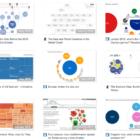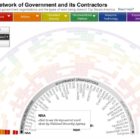Data Journalism
The Best Five Podcasts About Data Journalism
|
Podcast are a great way to find out stories and to be entertained. However, have you ever thought about using them to learn data journalism? In this list, I have collected some of the best podcast about data. Some are specifically about data journalism, whereas others approach data from an innovative perspective.









